Brought to you by cxpartners, the research and design team within Sopra Steria Next UK.
During the last Customer Centricity Month, Stuart Tayler, Practice Director at cxpartners and Max McShane, Head of Digital at Octopus Energy looked at some different strategies for prioritising work when times are tough and showed how putting your customers at the heart of business decisions can help you to be more resilient.
With this year’s Customer Centricity Month now upon us, we wanted to share some of our reflections from last year to show you what you have to look forward to from 2024’s event.
Sign up for Customer Centricity Month 2024 here.
––––––
In Summary
- Customer-centricity is key to success. Regardless of strategy, companies that prioritise customer needs gain a competitive edge.
- Breaking work into smaller experiments drives innovation.
- Customer Centricity Month explores these trends. Sopra Steria Next and cxpartners will host events helping businesses navigate customer expectations, AI, and innovation.
At the end of 2023, cxpartners ran a study to understand how organisations may be affected by the current economic climate.
We recognised that in difficult times, key resources like money, people, and time run scarce. So, it would be more important than ever to make good prioritisation decisions. We embarked on research to uncover how organisations determine priorities amid constraints.
We surveyed organisations across utilities, financial services, public services, and more, and we interviewed many people.
In this webinar, I shared what we learned from our prioritisation study. Max then looked at some of the strategies Octopus Energy uses to stay competitive and how firms can get the best out of these strategies through a shift in culture.
We found that people use one of three main strategies to prioritise their work:
- Play it safe
- Stick to your guns
- Break it down
We believe customer centricity gives organisations the power to thrive, regardless of which of these three strategies they apply.
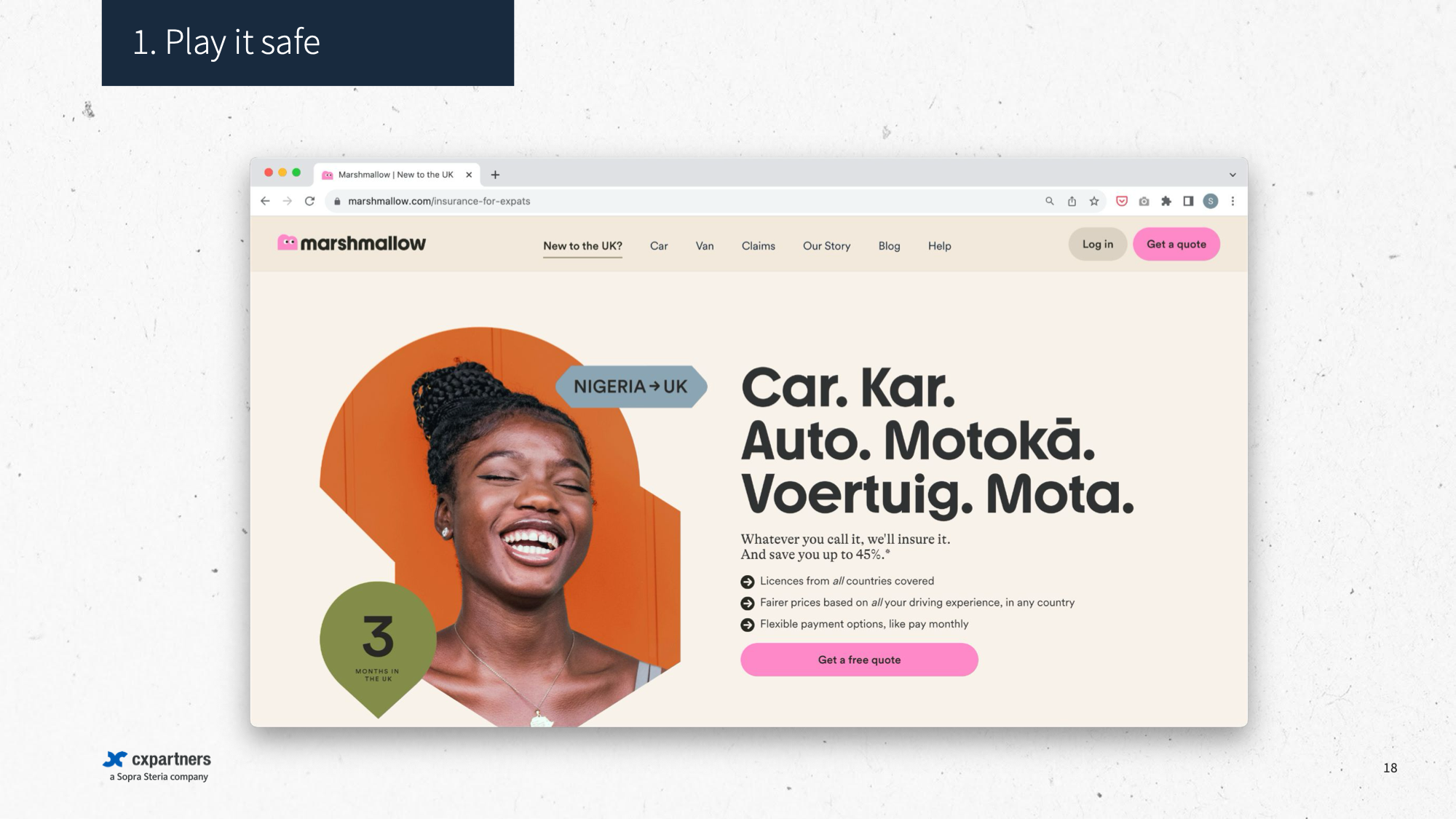
1. ‘Playing it safe’
The first strategy is ‘Playing it safe’. This means prioritising work that has a clear, short-term impact. This typically involves sacrificing early-stage research, development, ambitious initiatives, and anything that seems “risky”.
The issue with this prioritisation strategy is that it can lead to a non-customer-centric culture, with a disproportionate focus on short-term commercial factors over long-term customer satisfaction.
Some insurance practices are good examples of this:
- “Price-walking” - where they gradually increase the price of a customer’s premium over time, while at the same time giving new customers a better deal.
- “Sludge practices”, where they make it harder for customers to leave, than to join.
It may work for a time but it’s not sustainable. The approach opens you up to disruption from someone who prioritises customer satisfaction.
I gave the example of Marshmallow insurance. What makes them different is how focused on customers they are – particularly customers that have been ignored by other insurers, like those who have just moved to the UK.
They’re making insurance easier and more affordable for them and building a customer base who really trusts them. And it’s paying off – they’re valued at over $1.25 billion dollars.
How to make it work
I don’t believe playing it safe is a good prioritisation strategy because it risks a non-customer-centric mindset.
However, if you do choose to adopt it, trying to remain customer-focused can still give you power.
In the shorter term, user research will help risk-averse organisations gain confidence in the smaller changes they plan to make.
But there’s something more important. Customer research reminds you of who you serve. It vividly demonstrates the importance of maintaining long-term customer trust.
2. ‘Stick to your guns’
The next strategy is ‘Sticking to your guns’. This means maintaining your priorities but shifting how you deliver them, potentially with less resources than expected.
An example of this is Netflix’s new gaming platform.
If they were playing it safe, Netflix would double down on their TV and streaming services.
But instead, they’ve been building a games library and they’re posting jobs for their first big-budget, blockbuster game.
Their big initiative is to become a gaming giant – and they’re sticking to it.
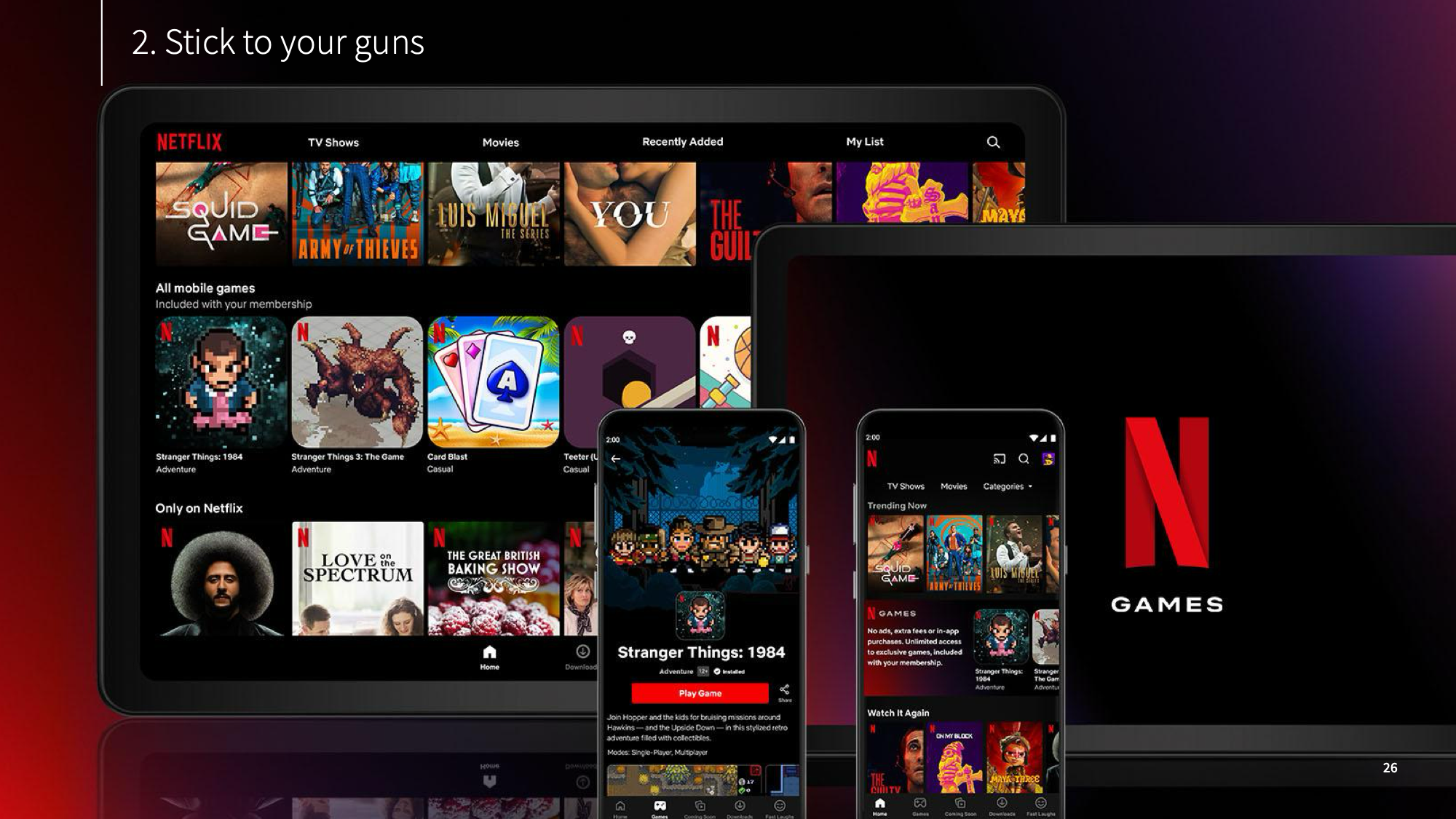
Another example is Hertz’s electric vehicle rental service.
Again, it’s potentially risky and it’s large scale.
They must believe this is important to remain competitive – they’ve invested in a fleet of over 50,000 electric vehicles – and they’ve stuck to their guns.
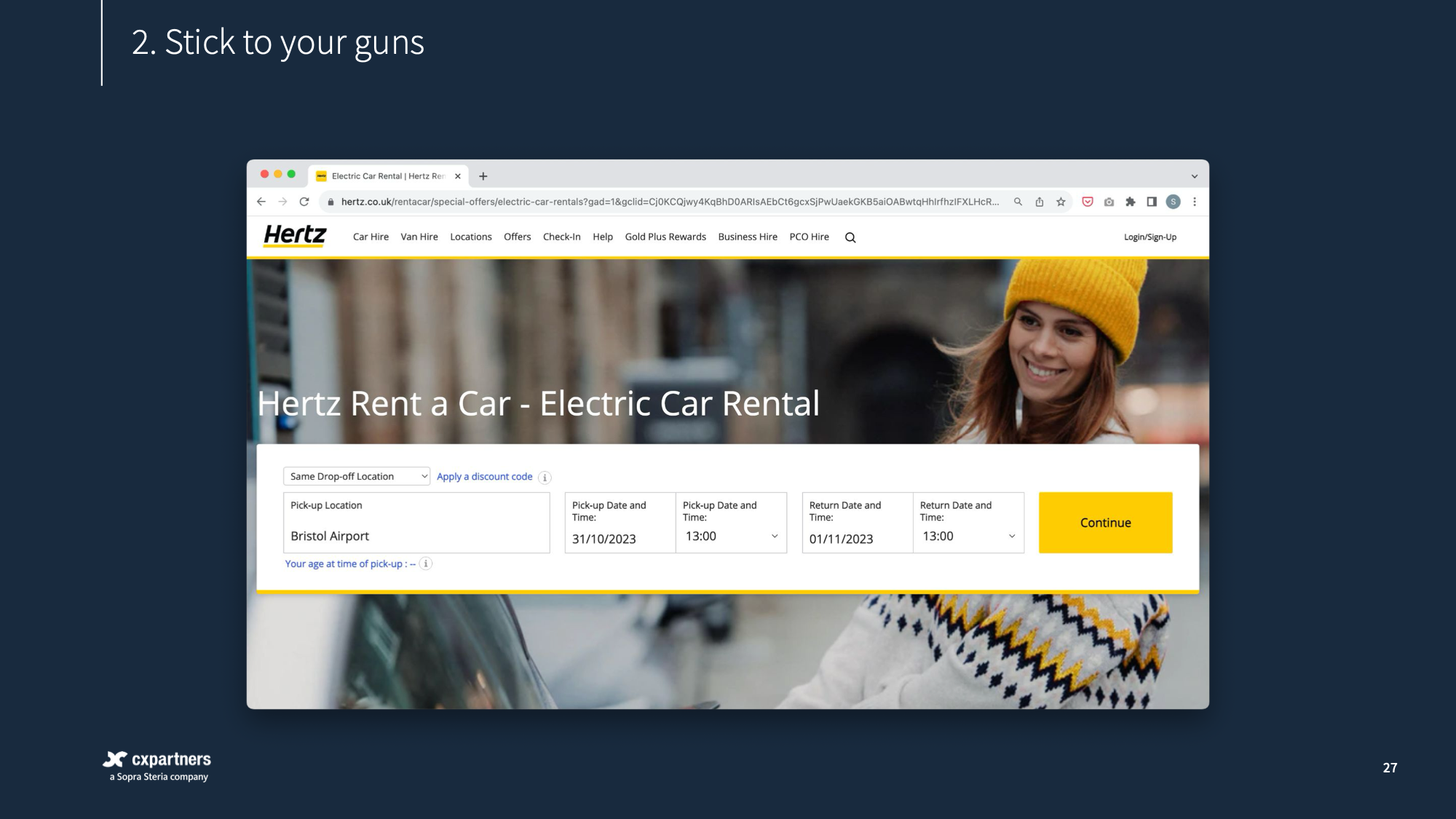
How to make it work
1. Be clear
To make this strategy work, to ‘stick to your guns’ – you first need to be really clear about what your priorities are.
In our prioritisation survey, we found that organisations who thought prioritisation was working well for them typically had a widely understood mission and a clear understanding of senior leadership’s priorities.
2. Outcomes over outputs
The second thing needed to make this strategy work is a focus on outcomes – what you want to achieve through the work – rather than outputs.
That means you can be more flexible with how you achieve your goals, when the resources available change.
3. Confidence
When pursuing major initiatives, the key thing ‘Sticking to your guns’ requires is confidence: Confidence that these major initiatives are worth the investment.
This is where evidence from customer research helps. Customer-centric organisations do this through quantitative and qualitative research, as our 2022 study found. Research provides the data to gain confidence in priorities amid uncertainty.
3. ‘Break it down’
This strategy priorities longer-term initiatives but breaks those down into deliverable experiments.
Like ‘Sticking to your guns’, organisations continue to prioritise longer-term initiatives to keep a competitive advantage. But rather than working behind closed doors incubating these initiatives, they break them down into work that can be delivered earlier. This allows them to learn and iterate.
Renewable energy supplier Octopus Energy regularly puts this approach into practice. For example, their Powerloop service, which uses electric vehicle batteries to store power, was initially trialled by working with a single charge provider and employees, friends and families who had electric vehicles.
How to make it work
1. Be intentional with your experiments
To make this strategy work, experiments should be intentional, with a clear problem focus.
We often use this “test card” format from Strategyzer, so we can be really intentional with experiments.
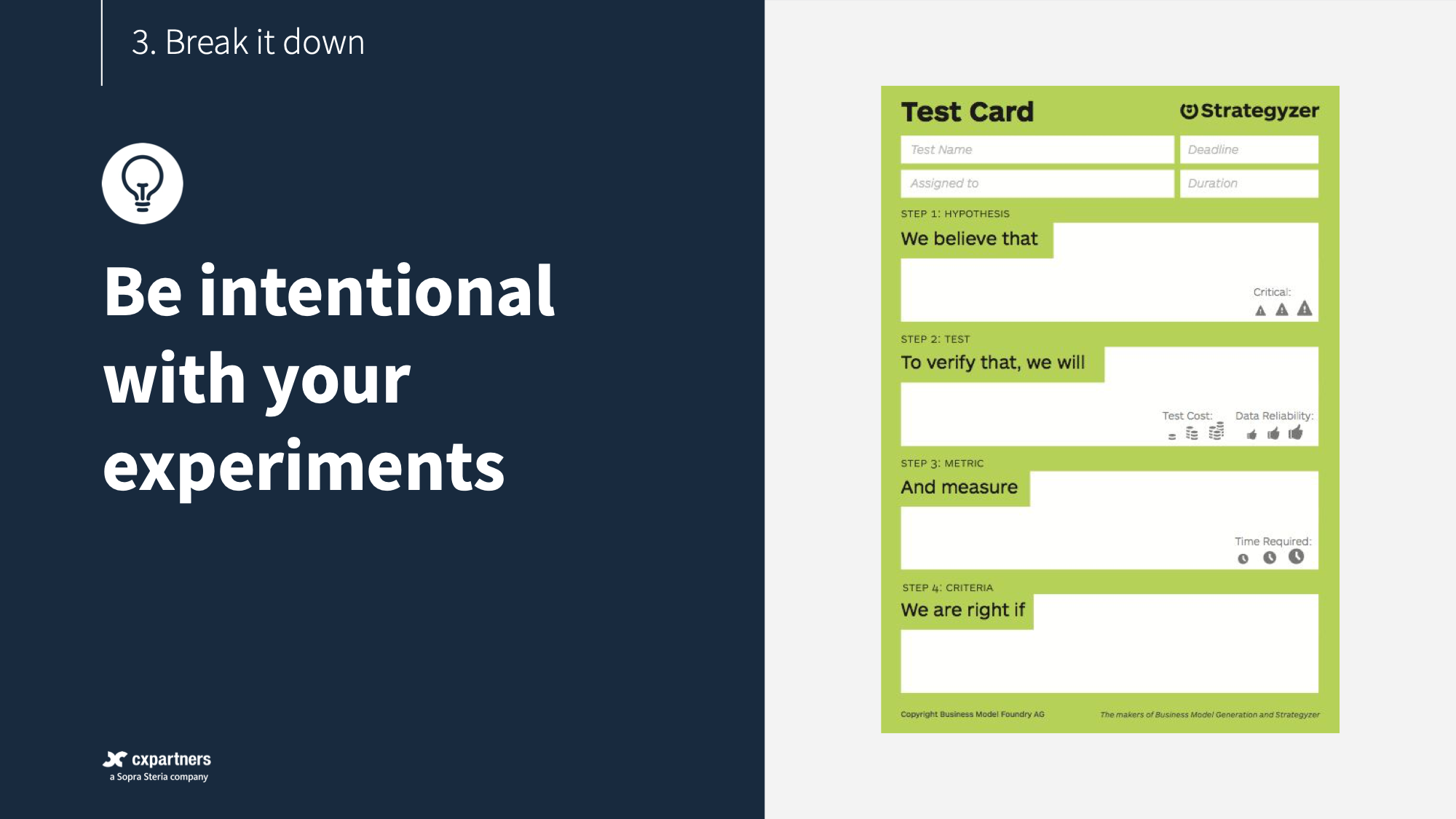
2. Empower teams
Empowered, autonomous teams are essential to work in rapid, iterative cycles when breaking down initiatives.
This requires clear leadership priorities and a culture of trust.
3. Iterate, iterate, iterate
Continual improvement through iteration is critical, rather than launching an MVP and forgetting about it. The goal is to incrementally work towards the broader ambition.
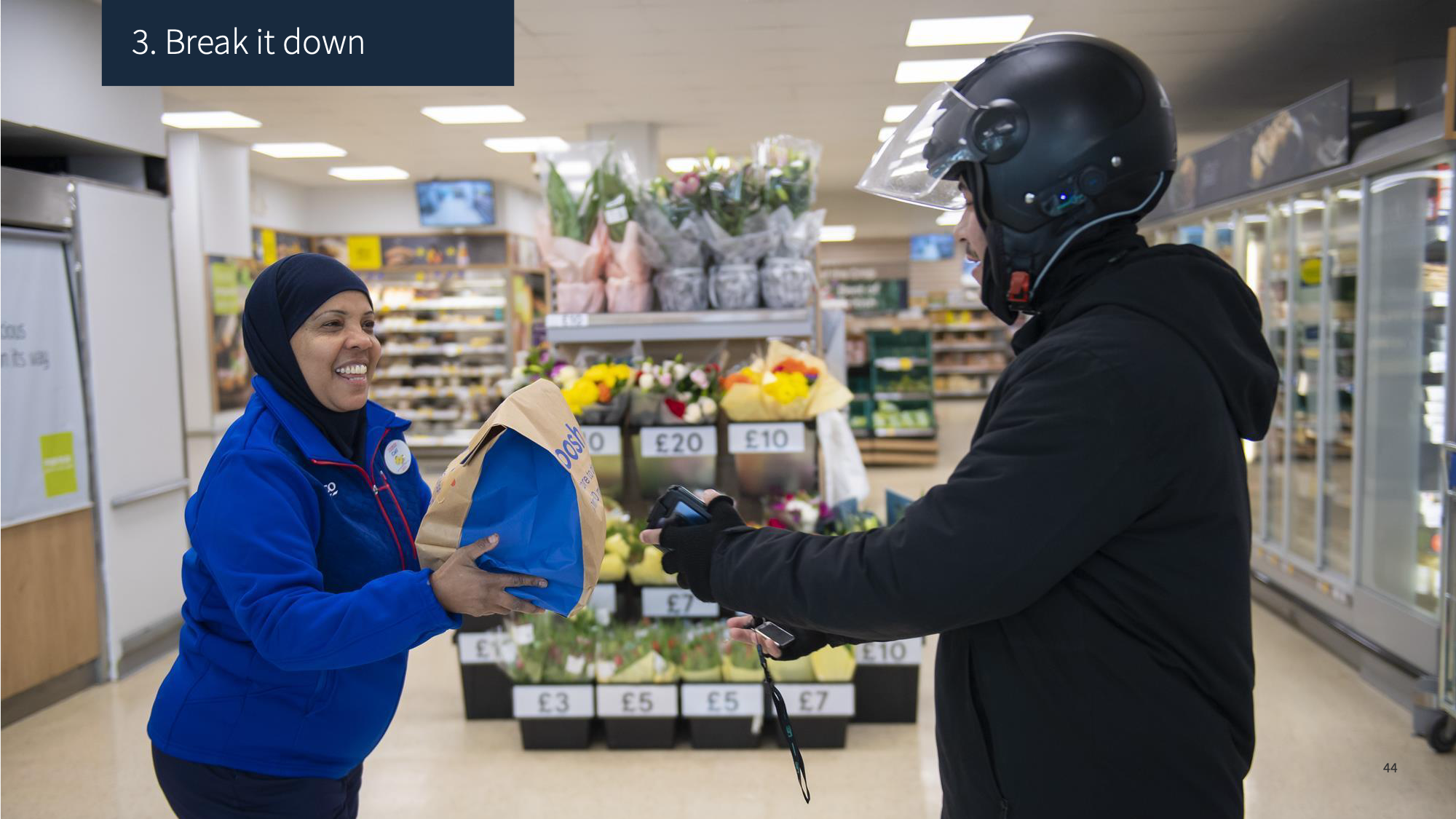
Tesco's ‘Whoosh’ service exemplifies iterative expansion. The service in its current form allows customers to have groceries delivered in as little as 20 minutes.
Although it’s now available in over 1,000 stores, they started with just one store and used an external courier service. Customers living in certain postcodes could select “one-hour delivery” when using Tesco’s normal website or app.
As well as growing the number of stores the Whoosh service is offered from, they iterated by adding 15-minute delivery window estimates and live tracking of the rider. These improvements increased customer satisfaction scores by 30%.
Again, this is where customer centricity and customer research comes in. You need customer research to understand what worked and what didn’t, and to be able to explain why.
Customer research will help you to learn and build upon the things you’ve broken down, so you can achieve your big, competitive initiative.
––––––
‘Breaking it down’ in action - Octopus Energy
Since Max McShane joined the renewable energy supplier Octopus Energy 6 years ago, the company has grown into the UK's most acclaimed energy supplier, earning recognition for its unrelenting customer focus and service.
McShane told us that Octopus Energy prioritises by asking two key questions: "Will it increase customer love?" and "Will it drive customer growth?"
‘Customer love’ means anything that prompts a customer to stop and think "Wow, no other supplier would do this for me".
Ideas unlikely to generate such reactions typically don't move forward. This 'customer-obsessed' approach is believed to fuel word-of-mouth marketing and sales.
Octopus Energy continually scores top marks with their customers for brand loyalty, trust and Net Promoter Score (NPS). The way they achieve this is by:
- Empowering employees.
- Rapid iterations.
- Breaking it dowm.
Empower employees
Empower employees: Break down silos, Minimise dependencies, Remove the consensus culture
At Octopus Energy, they lead with the assumption that employees want to do a good job. To enable them to do their best work they give them the freedom to focus on ‘customer love’ and ‘customer growth’.
One element of this is breaking down silos within the business - particularly with technology. To do this, Octopus Energy created their own platform called Kraken that allows everyone within the business to do almost everything for a customer, removing the need for customers to be passed from one team to another.
They have also removed the ‘consensus culture’, meaning they don’t have lengthy meetings debating options. With a customer focus and empowered teams, individuals can act on good ideas without having to run it up the chain of command.
An example of a brilliant idea that an individual ran with was sending their most vulnerable customers electric blankets for the winter months, instead of spending thousands of pounds on advertising. The feasibility and benefits were discussed between colleagues, who worked out that powering an electric blanket would save their customers a significant amount of money compared to heating the whole house. And the positive press coverage they received as a result was extensive.
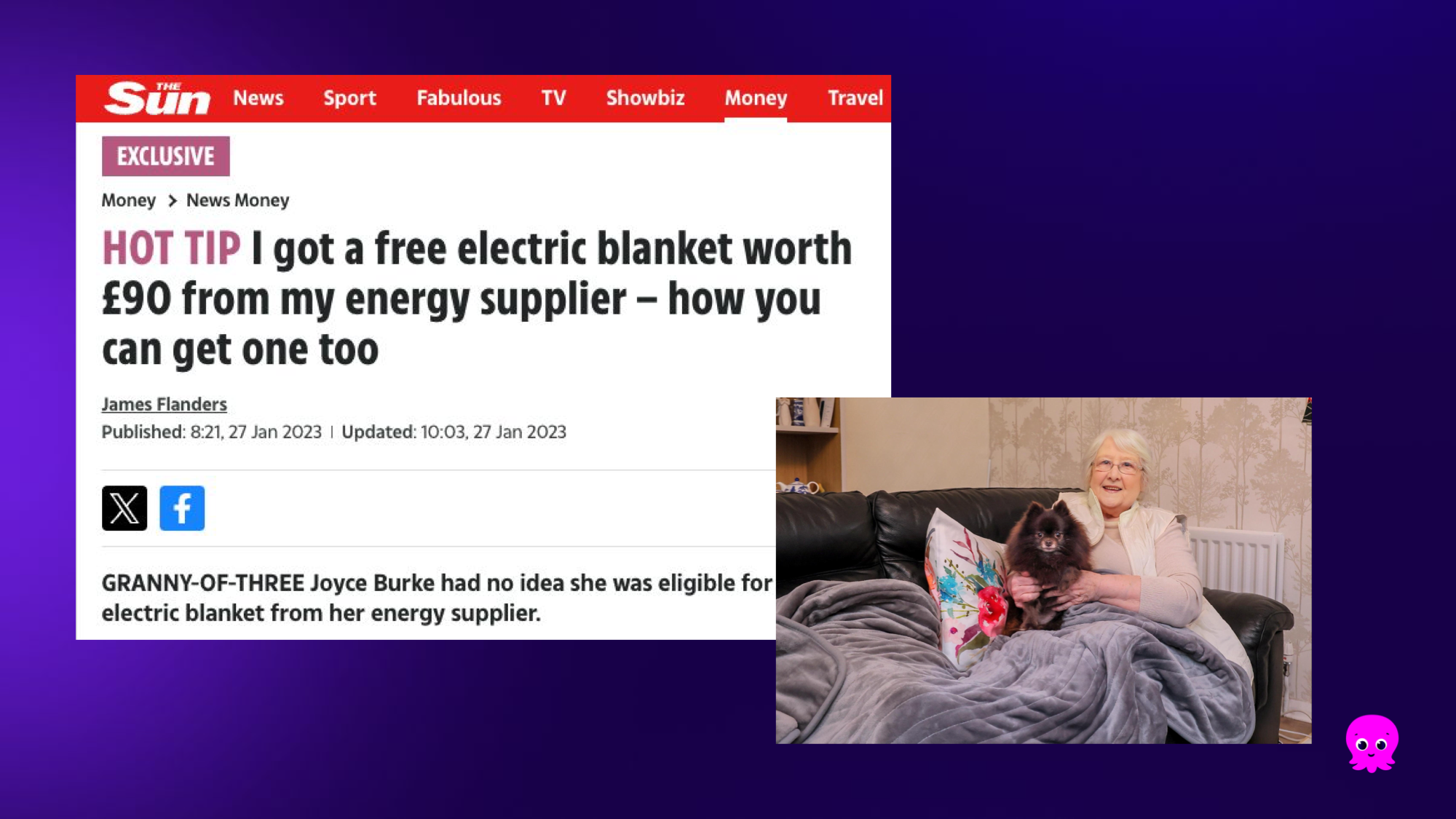
Another example is when a junior operator sent flowers to a customer handling her deceased parent's affairs, using the company credit card. One of the developers saw the customer’s response and this sparked the idea to add a button to their customer management system so colleagues could even more quickly and easily send flowers to others going through a difficult time. Rather than having to go into a pipeline, the feature was built within two days of conception.
These are the sorts of things that McShane feels just wouldn’t exist if they had to have them signed off by a senior member. Instead, they are done almost instantly.
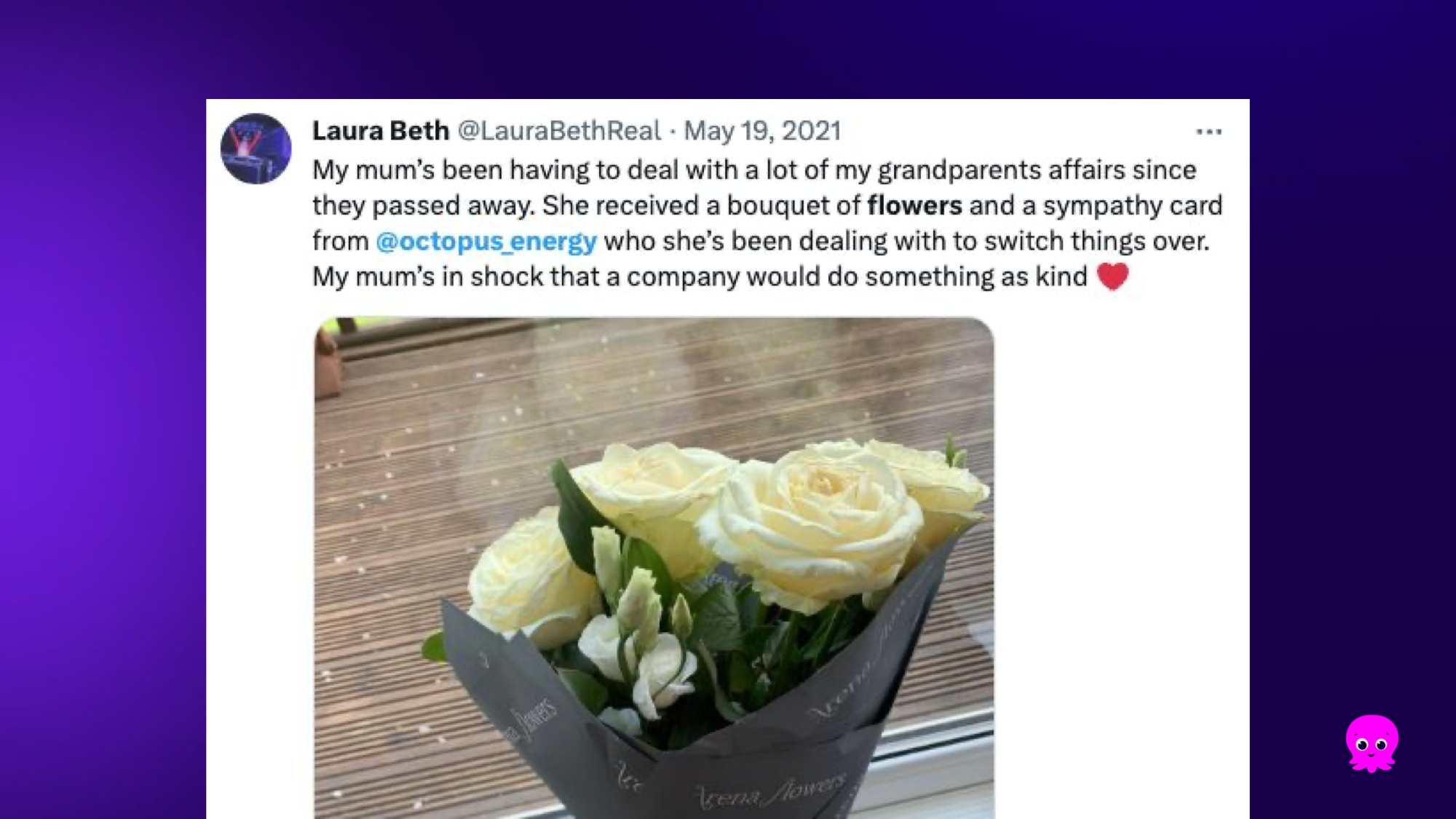
Rapid iterations
Rapid iterations: Bring teams closer to the customer, Intense collaboration, Continuous deployment and learning
Rather than planning projects months, quarters or years in advance, at Octopus Energy they respond to customers, the market, the economy, and society on a weekly basis. This allows them to get projects out quickly.
To make this work, the teams need to work closely together. McShane said they encourage people to work from the office to allow more collaboration across departments. And business conversations take place in the open plan office so that anyone can chip in.
They also encourage people from all departments to spend time talking to customers. The chart below shows just how many email conversations people throughout the business have had with customers over the past 12 months. This includes Rebecca Dibb-Simkin and Pete Miller, who are both on the Board of Directors, who have both had thousands of email conversations with customers over the past year.
This means they’ve got their finger on the pulse and know exactly what customer pain points are. If there’s a common theme, they will discuss it out in the open and fix it there and then.
Break it down
Break it down: Bootstrap experiments on a low impact scale, Clear context and aligned goals, know what works before scaling
And finally, they use the ‘break it down' strategy, running experiments that they can do quickly with minimal cost. If they go wrong, they have minimal impact on customers.
Whilst running these ‘experiments’ it’s important to have clear goals and contexts.
In preparation for a large-scale project, they break it down to learn what works and what doesn’t work before they scale it up.
McShane gave the example of a project called “Savings Sessions”.
When demand is high on the National Grid, they need to turn on coal power stations. One solution, to reduce the dependency on fossil fuels and allow more renewable generation on the energy grid, is asking the public to reduce their power at peak times. But Octopus Energy had a more controversial idea – could you pay customers to use less?
But instead of planning out a mammoth programme, they ran a small trial in 2022 in which they paid a selection of customers £2 for every kilowatt they saved.
Octopus Energy found the approach worked, they learnt from it, and iterated this idea further. Off the back of multiple successful trials, Octopus Energy were able to encourage the National Grid to run a nationwide version of the same demand flexibility programme over the winter of 2022/23 called “Savings Sessions”, and invited all UK energy suppliers to take part
After the experience, they are using this learning to iterate the approach once again, adding new features.
This attitude to learning isn’t a simple openness to failure. Teams need to be able to measure and track the success of what they’re doing. They need to be able to explain why something did or didn’t work before going on to do something with the learnings.
As with the “Savings Sessions” example, each trial provides evidence that helped them progress to the next stage e.g. by convincing the National Grid and other energy suppliers to collaborate.
It is strategies like these that showcase how Octopus Energy’s culture is set up to deliver the best experience possible for customers, and how everything they prioritise is focused on their customers and customer growth.
––––––
Customer Centricity Month 2024
Across the month of November, Sopra Steria Next and cxpartners are holding a series of events to help you stay ahead of the curve and ensure sustainable growth and customer satisfaction.
Hear from experts and leaders as they discuss how emerging technologies and shifting customer expectations are redefining what it means to be customer-centric. Events include innovation and design, shaping the future with Data, AI and customer centricity, driving success with a customer centric culture and the future of customer centricity.
Take a look at the full agenda and sign up now.
Watch back the webinars that were held in 2023: